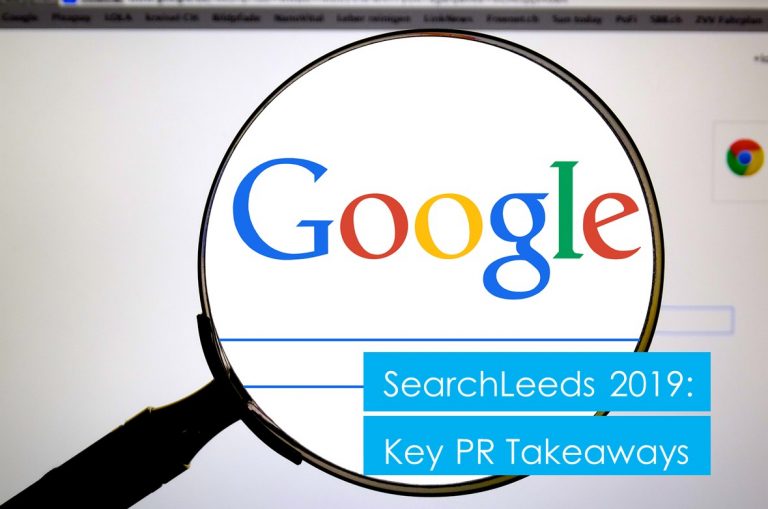Defining the technique of Public Relations today

What is Public Relations?
In an increasingly digital world, Public Relations, or PR, has undergone and is part of, a radical transformation. Many people view traditional PR as the cornerstone of media outreach, but it rubs shoulders with its dynamic counterpart, digital PR. Both approaches aim to build and maintain a positive public image for individuals, brands and organisations, but both employ distinct strategies to achieve their goals. The Chartered Institute of Public Relations (the CIPR), defines PR as:
“Public Relations is the discipline which looks after reputation, intending to earn understanding and support and influence opinion and behaviour. It is the planned and sustained effort to establish and maintain goodwill and mutual understanding between an organisation and it’s public.”
What is the difference between digital PR and traditional PR?
Traditional PR has evolved over many years, but to this day, it involves building relationships with journalists, the media and key stakeholders to secure press coverage across a broad spectrum of outlets. This is achieved by issuing press releases, pitching to journalists and managing large events such as press conferences. It is very hands-on, relying on face-to-face communication and interactions, issuing printed materials to traditional media channels such as newspapers, magazines, radio, and TV outlets. This type of PR is used to build and maintain a business or brand’s reputation, using reactive techniques at the time of issue. Issues Management is a useful PR technique using pre-planned statements and training to help manage negative or difficult communication. It feeds into the development and support of Crisis Management, which is when a brand, business or individual has to react to its public when something goes very wrong.
For instance, this could be around food contamination, a product recall, or an individual making an inappropriate comment.
At this point, the PR team steps in and builds on the goodwill which has been previously created, using Crisis PR techniques to manage and diffuse the situation, and putting a plan in place to re-build reputation.
Traditional PR is an approach that builds relationships and often delivers reassurance through the use of ‘credible’ outlets such as print media and broadcast. Its use of relationship building fosters strong connections with journalists, and stakeholders, which help forge long-term and tangible relationships, which is why it still has a place in the digital world.
Digital PR leverages online platforms, such as social media and online resources, engaging with target audiences directly and building relationships virtually. In terms of outreach, content marketing, social media campaigns, influencer partnerships, and online press contacts are some of the tools we see with digital PR.
Those using digital PR would argue that reach and targeting are more effective thanks to the precise targeting of specific demographics across a broad range of online platforms. For instance, influences using TikTok effectively build positive brand associations and awareness.
This type of real-time engagement is fundamental to the digital PR approach, as having immediate interaction with the audience through social media fosters a sense of authenticity and builds trust. Regarding the all-important accountability of PR, digital provides actionable insights through analytics, resulting in data-driven decision-making and the refinement of campaigns.
Do I have the skills needed for PR?
So how can someone entering PR, or those who have been working in the industry for several years, find synergy between traditional and digital public relations? At Anicca, our PR team achieves this by blending elements of each to maximise impact for clients. We bridge the gap between traditional media relations and digital PR techniques, such as building organic SEO campaigns to help reach a wider and more diverse audience.
This is often shown through the delivery of multi-channel outreach, such as combining writing press releases with online distribution and using social media and organic SEO to amplify the message to ensure it reaches traditional and online audiences.
We will also use other techniques, such as embedding video or using bespoke infographics to enhance engagement on a range of platforms. In addition, it can support crisis communications by controlling the narrative in real-time and responding quickly and directly.
Summary
In the ever-changing media landscape, traditional and digital PR have their place in an effective PR strategy. While traditional PR relies on established relationships and tangible materials, digital PR harnesses the power of online platforms and data-driven insights. By embracing the strengths of both approaches and combining them seamlessly, organisations can successfully navigate modern PR’s complexities. Long-term, the key is staying adaptable and being responsive to new trends, such as monitoring Threads for comments or PR opportunities, to ensure that your PR remains relevant and impactful – whatever the channel.
It sounds straightforward, but not all agencies can offer this. But, Anicca Digital certainly can – our team is an excellent mix of creative and technical minds.
We’ve run many successful, integrated campaigns for our clients that have hit their objectives and got results. Check out this case study where we got 1.3 million coverage views for Pall-Ex or this excellent PR and Social campaign for Diwali and Leicester City Council.






